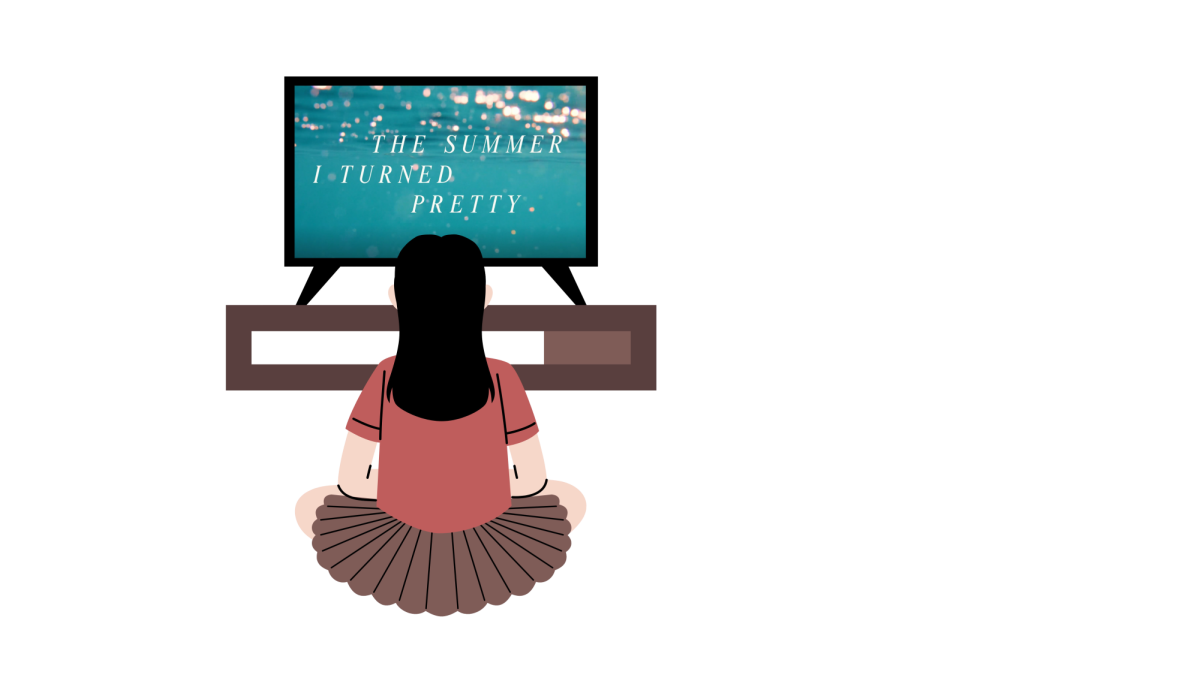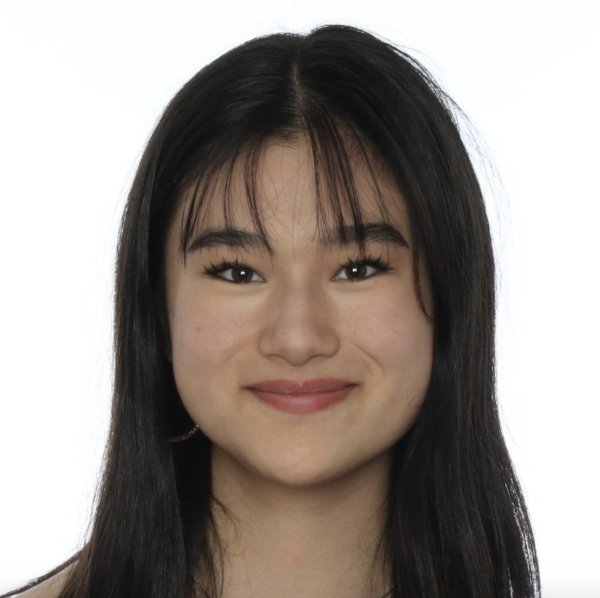During July and August 2023, Americans across the country tuned in to the newly released second season of “The Summer I Turned Pretty,” making it one of the most-watched Amazon Prime Television shows ever. The series gained traction among teenagers and was initially applauded for featuring Asian Americans in positive lead roles. However, many are now calling the show out for its proximity to whiteness and erasure of Asian culture. One year after the release of season one, a new question arises: Is the Asian representation in “The Summer I Turned Pretty” more harmful than helpful?
The romantic drama series, originally a book by Jenny Han, follows half-Korean 16-year-old Isabel “Belly” Conklin as she and her family spend their summer with the Fisher family at their beach house. Belly becomes stuck in a love triangle involving the two brothers of the Fisher family and is sent down a spiraling path of self-discovery.
Han’s past romance book series “To All the Boys I’ve Loved Before” also found its way to TV screens in 2018, becoming Netflix’s most-viewed original film ever at the time, according to Variety. The film starring Vietnamese-American Actress Lana Condor ushered in a new era of Asian representation in film. Asian American teenagers in film could now be portrayed as characters viewed for more than solely their race.
However, Jenny Han’s stories follow a pattern: the Asian protagonist always has a high proximity to whiteness, meaning she surrounds her Asian characters with white people and has them embody white culture. In “To All the Boys I’ve Loved Before,” main character Lara Jean lives with her white father in a white, upper-class neighborhood, has a white best friend and fawns over white boys.
Corinne Wan ‘24, a member of the Asian Pacific Islander affinity space (API), said, “I think it’s easier for a lot of viewers who are probably white to see someone who’s half white and half Asian with white boys and a white family. In a sense, it’s just more digestible for the audience.”
In “The Summer I Turned Pretty,” Belly’s circumstances mirror this narrative. “[Belly] being Asian doesn’t do anything to the plot and the only thing it really adds is visual … I look like her, but other than that, it doesn’t have any substance or emotional value,” said API Member Sami Lee ‘25.
In a 2019 research article in Sage Journals titled Hollywood’s Global Expansion and Racialized Film Industry, Minjeong Kim and Rachelle J. Brunn-Bevel wrote, “Conventionally, Hollywood has long considered a white audience as mainstream. [They] believe that films with lead actors [of color] … that focus on the experiences of nonwhites could not appeal to the broader audience.” They wrote, “Therefore, white actors take or share the lead roles so that the films [can] attract a white audience.” When this proximity to whiteness is portrayed in a positive light and gets idealized, consumers can begin to internalize that narrative, causing a perpetual cycle.
“I get why [Han] did it. There are two sides. It’s easier for white people to see that and accept it,” said Wan. “But also, is that really helpful? Because it accentuates the fact that you can only be desirable or pretty if you’re an Asian who’s partially white.”
While some see the faults in Han’s current version of Asian representation, others feel refreshed by the form it takes in “The Summer I Turned Pretty.” “Sometimes you just want to watch a regular movie and see somebody who looks like you do regular things. But then suddenly, when they start talking about how they’re Asian, it doesn’t go with the flow at all, and it makes you feel like you can’t just be normal,” said Lee.
Earlier generations have been able to see more of the evolution of Asian representation in the media. API Faculty Member Randy Li said, “It’s hard to weave a convincing storyline because both sides seem problematic. Do you have to give in to the dominant white culture and [say], ‘I do the things you do and I am the way you are and I dress the way you dress and that’s why you think I’m attractive, or is it because I’m different?’ And I don’t know what’s better.”
According to Li, though we may not have an answer to what perfect representation looks like, the first step is visibility. Bringing Asians into the conversation and onto TV screens paves a path for something better to come. Li said, “When it comes to representation in the media, bad representation is better than no representation. But then from there, what comes next?”


